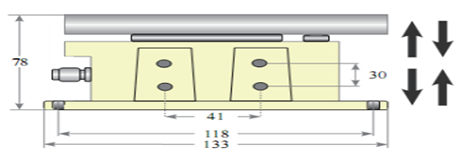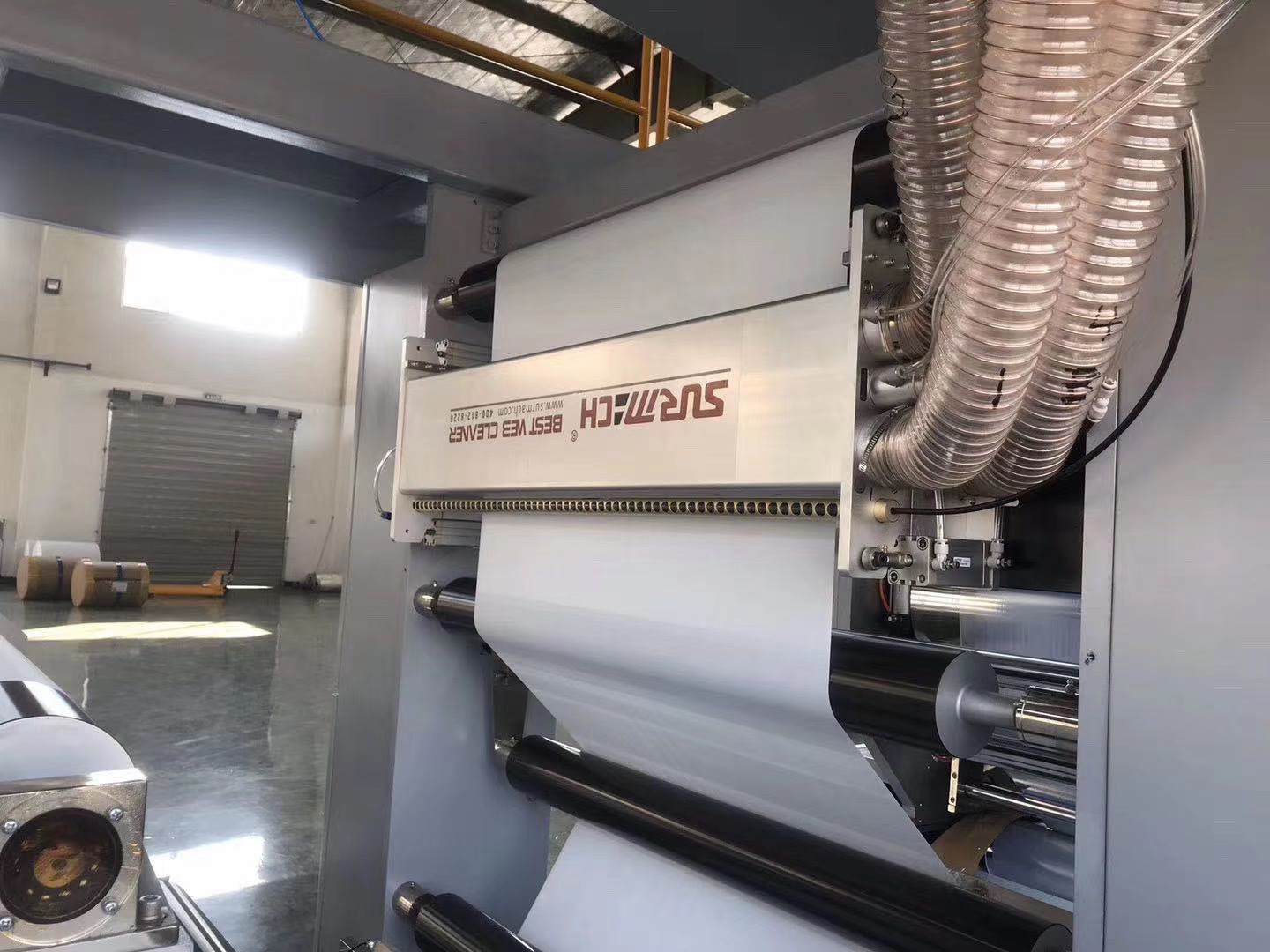Non-contact dust removal systems
Date:
2022-01-10
Dust Attachment Mechanism:
Dust of the same size adheres to the surface of an object for a number of reasons: free-fall, electrostatic adsorption, moisture adherence, grease adherence, and so on. Most of the dust attaches to the surface of the object due to complex reasons. From the point of view of dust removal, sometimes 1 micron of free-fall dust can be removed, while dust containing grease components of 30 microns in size cannot be removed. Electrostatic adsorption dust absorbs moisture in the air containing Na, K, and other components, then dries and physically connects to the contact surface, thereby changing the air adhesion. Therefore, it is unscientific to use the percentage of data that removes more than a few micrometers to indicate the dust removal effect of the dust removal head, and it is also incorrect to ignore the surrounding environment and dust adsorption causes to demand a harsh dust removal rate.
Dust adhesion dust removal force:
The same diameter of dust, due to different reasons for adsorption, the adsorption force of the product is also different, generally from a few millidaynes to dozens of dyne (dyne, dyne; the mass of 1g of the object, the force required to produce 1cm/s2 acceleration).
Overall:
1)Particles with a size of 10 micrometers: free-fall adhesion force is about 0.1;
2) Intermolecular gravitational force is about 3-5;
3)Electrostatic adsorption (200V) has an attractive force of about 3-5;
4)Attractive force of about 5-7 in a 50% humidity environment;
5) attraction of fingerprints in case of grease is about 10-15;
6) physical connection adhesion is about tens to hundreds;
So when conditions such as 1-5 are the main cause, over time it becomes a physical state of 6. Therefore, in order to remove dust efficiently, the shorter the dust attachment time, the easier it is to remove. According to the analysis of the above reasons, our ultrasonic dust removal equipment has obvious effect on the adsorption of 1-4 reasons, and the adhesion of 5-6 reasons is not suitable. The human ear can hear the sound wave frequency is 20 ~ 20000 Hz. When the vibration frequency of sound waves is greater than 20000 Hz, the human ear can not be heard. Ultrasound is named for its lower frequency limit which is approximately equal to the upper limit of human hearing. Therefore, we call sound waves with a frequency higher than 20,000 Hz "ultrasonic waves". When ultrasonic waves travel through the air, they push the particles in the air back and forth and do work on them. The power of an ultrasonic wave is a physical quantity that expresses the speed at which the wave works. At the same intensity, the higher the frequency of the sound wave, the higher its power. At the same time, the dusty medium layer attached to the surface of the film is decomposed under the action of strong airflow, and the tiny particles trapped in the airflow layer are separated out and sucked into the vacuum negative pressure chamber under the action of strong vacuum.
Related information









